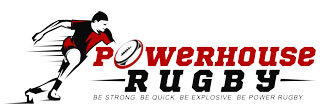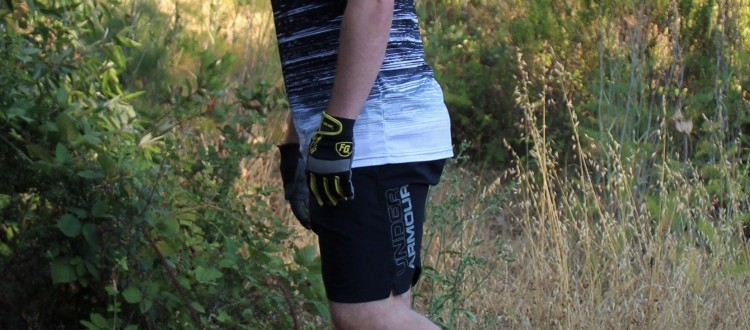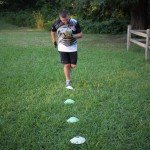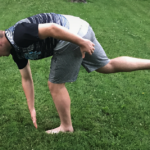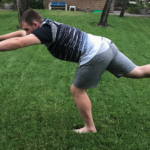How to do the Standing 1 leg calf raise for power rugby players
The standing one-leg calf raise is a drill that can be performed almost anywhere you can find steps, stairs, bleacher steps, or a street curb. When you are first beginning to do the standing 1-leg raise drill, it is wise to perform it near a railing or something you can touch for balance.
Eventually, you should attempt this drill without the need for a wall or rail to balance you. This is a great drill for your calves and ankles. Strong calves and ankles, along with the ability to balance your body on one leg, allow power rugby players to make those sharp, powerful cuts you’ve seen them do while running with a rugby ball during a rugby game.
This is a great drill for your calves and ankles. Strong calves and ankles, along with the ability to balance your body on one leg, allow power rugby players to make those sharp, powerful cuts you’ve seen them do while running with a rugby ball during a rugby game.
The Standing One-leg Calf Raise Drill in 6 steps:
1. Stand on the edge of your step/stair/curb with the balls of your feet on the edge of the step/stair/curb with your heels straight back as if the back part of your feet are standing on air. Knees should be relaxed. Hips tucked under and chest straight. You should be looking straight ahead.
2. Lift one leg behind by bending it at the knee. Some like to place the top of the lifted foot on top of the back of the opposite ankle.
3. Slowly drop the heel of the standing leg as far down as you are comfortable–as if you are pushing against the air below and wanting to place the heel on the surface below. Your calf should feel stretched.
4. Slowly raise the heel of the standing leg by extending the ankle as high as possible into a “tip-toe” position on the ball of the foot. The form is important here. The ankle should raise and lower from a straight line. The standing foot should not roll to the inside or outside of the foot.
5. Repeat for the number of reps needed.
6. Switch to opposite leg and follow steps 1 – 4 above.
As rugby players get better at this exercise, many like to increase the intensity by holding a dumbbell in the opposite hand while moving up and down.
Get to it NOW.
Coach Terry
REMEMBER: Before starting any new exercise routines please check with your medical provider and clear your new exercise plan with them before beginning. This is especially true if you haven’t been exercising for some time or are recovering from an injury. I am not a doctor, nor do I play one on T.V.
![]()
Need help getting started towards your power rugby fitness goals?
The Powerhouse Rugby weekly newsletter seeks to supply you with the top rugby fitness drills, nutritional suggestions, and advice from coaches and players to help make your rugby goals a reality.
When you sign up for the newsletter, we’ll send you our free training guide and workout tracker which includes this exercise drill and more.
Click on the image to the left to sign up today!
